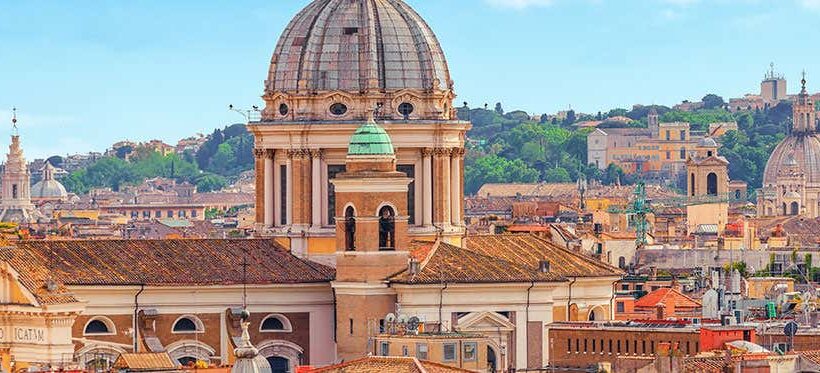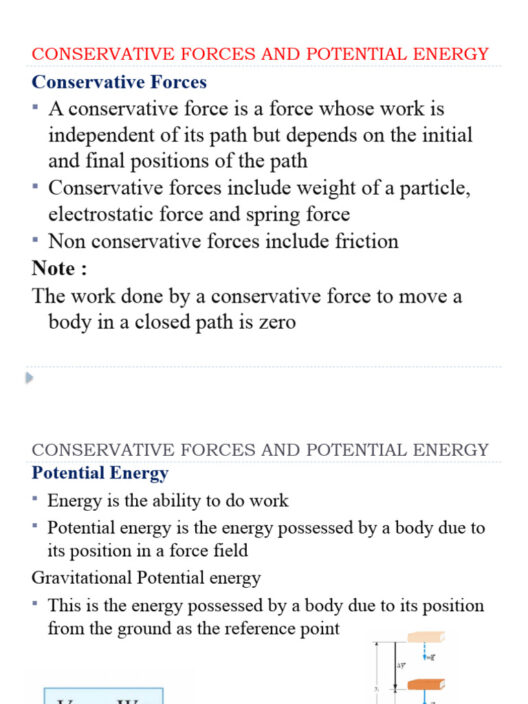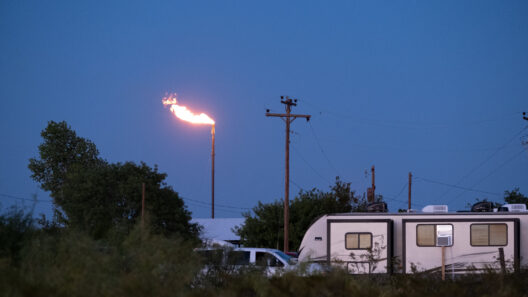The climate of ancient Rome was a pivotal ingredient in the recipe that forged one of history’s most influential empires. This Mediterranean city, washed by the warm embrace of the Tyrrhenian Sea, existed under the spell of a climate that was as dynamic and multifaceted as its history. The seasons, laden with unique characteristics, shaped the daily lives, agricultural practices, and military strategies of its inhabitants.
To understand the profound impact of climate on ancient Rome, it is essential to explore the interplay between geography and weather. Nestled on the Tiber River, Rome enjoyed a strategic location that benefitted from the nearby mountains, which acted as sentinels against harsh northern winds. The Roman climate was predominantly classified as Mediterranean, marked by hot, dry summers and mild, wet winters. Such weather created an extraordinary environment for agriculture, providing the flourishing conditions necessary for the cultivation of staple crops like wheat, olives, and grapes.
The summer months transformed the landscape into a sun-kissed terroir—a lavish stage for agricultural exuberance. From June to August, temperatures soared, often exceeding 30 degrees Celsius (86 degrees Fahrenheit). This torrid heat was a double-edged sword. While it ripened the fields with bountiful harvests, it also ushered a season of drought, compelling farmers to depend on the skies for rainfall. The irony of nature—where abundance and scarcity danced in tandem—was not lost on the Romans. As they relied on the water from the Tiber and aqueducts, the climate dictated not only their survival but their prosperity.
In contrast, winters in Rome had their charm. Temperatures rarely fell below freezing, yet the chillude a certain foreboding reminder of the harsher northern climates. December and January brought rain, and sometimes snow—a rarity that sparked awe among the citizens. With each shower, the city appeared to awaken, the precipitation nourishing the soil that would once again yield its treasures in spring. This dichotomy of seasons—the heat of summer juxtaposed against the coolness of winter—was more than just weather; it was a continuous cycle of renewal, an emblem of resilience.
The Romans were astute observers of nature. Their agricultural calendar was intricately woven with the climate; they knew precisely when to sow and harvest. The festival of Robigalia, held in April, showcased the importance of appeasing the deities in charge of protecting crops from blight—a testimony to their reverence for weather and climate effects. Through careful observation and adaptation, the Romans managed not only to survive but thrive, as they engineered an agricultural system that reflected profound respect for the climate’s whims.
However, the climate also played a significant role in shaping Rome’s military endeavors. The sweltering summers often foiled military campaigns, compelling generals to strategize their movements around the heat. The crossing of the Rubicon by Julius Caesar is a vivid reminder of how climate tied inextricably to ambition. Soldiers were subject to the elements, their morale influenced by both the sweltering sun and the frigid rains. The Battle of Cannae in 216 BCE, fought under the merciless sun, showcased how weather could be as formidable an enemy as any opposing force.
Roman architecture rose as a testament to the ingenuity of its citizens amid climatic challenges. The construction of aqueducts epitomizes the pinnacle of engineering prowess; these magnificent structures, arcing over the landscape like colossal rainbows, channeled life-giving water from distant sources. The Aqua Appia, the first aqueduct, exemplified how the Romans harnessed the natural resources available to them, forging a connection between their urban ambitions and the whims of nature. Buildings were crafted with thick stone walls that insulated against the heat, showcasing a synchronicity in design and climate that further rooted the city’s survival.
Yet, nature’s balance is delicate. Over centuries, the subtle shifts in climate—perhaps driven by broader Earthly oscillations—began to influence Rome’s agricultural output. The very foundations of the Empire, predominantly reliant on grain, faced strains as droughts and floods fluctuated more violently than ever before. The repercussions rippled through the economy, igniting tensions and unrest within urban centers. With food supply dwindling, the once-unyielding grasp of the Aurelian walls began to feel the weight of adversity.
As climate patterns continued to evolve, reflections of these changes were starkly felt during transitioning periods, particularly during the later Roman Empire. The regressions caused by climate instability necessitated adaptations, leading to a shift in governance and societal norms. The consequences of these adjustments permeated deeper into the fabric of Roman life, revealing that climate, once a friend, had become an unpredictable adversary.
In conclusion, the climate of ancient Rome was an intrinsic character in the epic drama of empire-building. From the fertile fields that nourished legions to the aqueducts that whispered of human ingenuity, the weather shaped every facet of existence in this storied city. It was a relentless cycle of growth and decay, a reciprocal relationship between civilization and its environment that echoes in the annals of history. The legacy of Rome serves as a poignant reminder of the delicate interplay between humanity and nature—a reminder that the forces we often take for granted can dictate the fates of empires and the lives of individuals. In the scholarly pursuits of today, as the specters of climate change loom large, it is paramount to heed the lessons of the past, for they illuminate the path toward a sustainable future.








